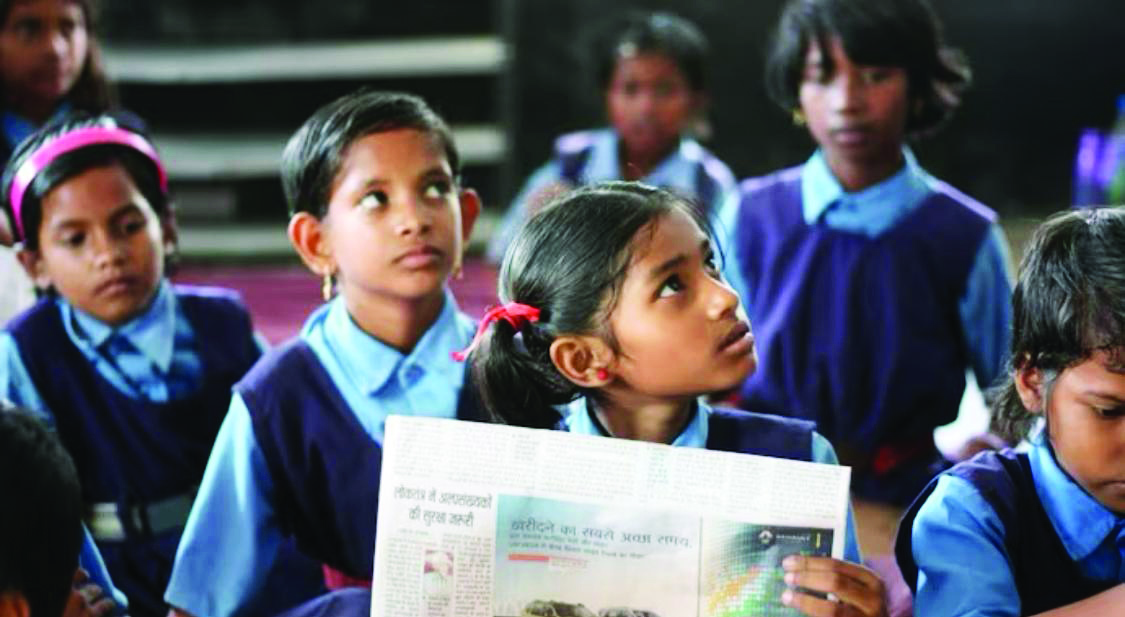After absence, 2.73L Delhi govt school students did not return

NEW DELHI: According to data from the Delhi Commission for Protection of Child Rights (DCPCR), over 2.73 lakh children enrolled in Delhi government schools during the last academic year did not return after a period of absence.
This alarming statistic reveals a gender disparity, with more girls than boys failing to come back to school.
The DCPCR’s early warning system, designed to flag absenteeism, identified that 6,67,732 students were absent for seven consecutive days or 20 out of 30 working days from April 2023 to February 22, 2024.
This figure represents around 39 per cent of the total enrolment of 17.03 lakh students across 1,070 Delhi government schools. Interestingly, more boys (3,48,193) were reported absent than girls (3,19,539).
In response, the DCPCR intervened in about 75 per cent of the detected cases, reaching out to parents or guardians through SMS, phone calls, and interactive voice response calls.
These efforts resulted in the return of 2,92,013 students to their classrooms. Overall, 3,94,206 students resumed school attendance, leaving 2,73,526 students still absent, with girls comprising 57 per cent (1,55,955) of this group.
Absenteeism was noted across all classes, from nursery to class 12. Class 9 saw the highest number of non-returning students at 65,524, while nursery had the fewest at 635.
The DCPCR’s data, disclosed through RTI requests, reveals 22 tracked reasons for absenteeism, including sickness, child marriage, substance abuse, child labour, and physical abuse.
The leading causes for not returning were sickness (33,389 students) and moving back to villages either temporarily or permanently (18,767 students).
Even among the flagged absenteeism cases, sickness (74,653 students) and relocation (62,796 students) were predominant. Some parents, like the mother of a boy from Bihar, cited economic pressures as the reason for relocating.
“We had sifted here with a lot of expectations and hopes to provide my boy with good education but the rent and food expenses in Delhi are too high. With only one earning member, it gets very difficult to manage things,” she explained, noting her children now attend school in their hometown of Bihar.
The DCPCR also identified instances where students were absent due to child marriage and child labour. For example, a 16-year-old girl married off last year and two students working instead of attending school were noted.
The early warning system, initiated in March 2022, uses the Directorate of Education’s (DoE) online attendance tracking to detect absenteeism as an indicator of adversity.
The system’s effectiveness hinges on accurate online attendance records from schools. A call centre managed by the DCPCR handles follow-ups with guardians and escalates unresolved cases.



